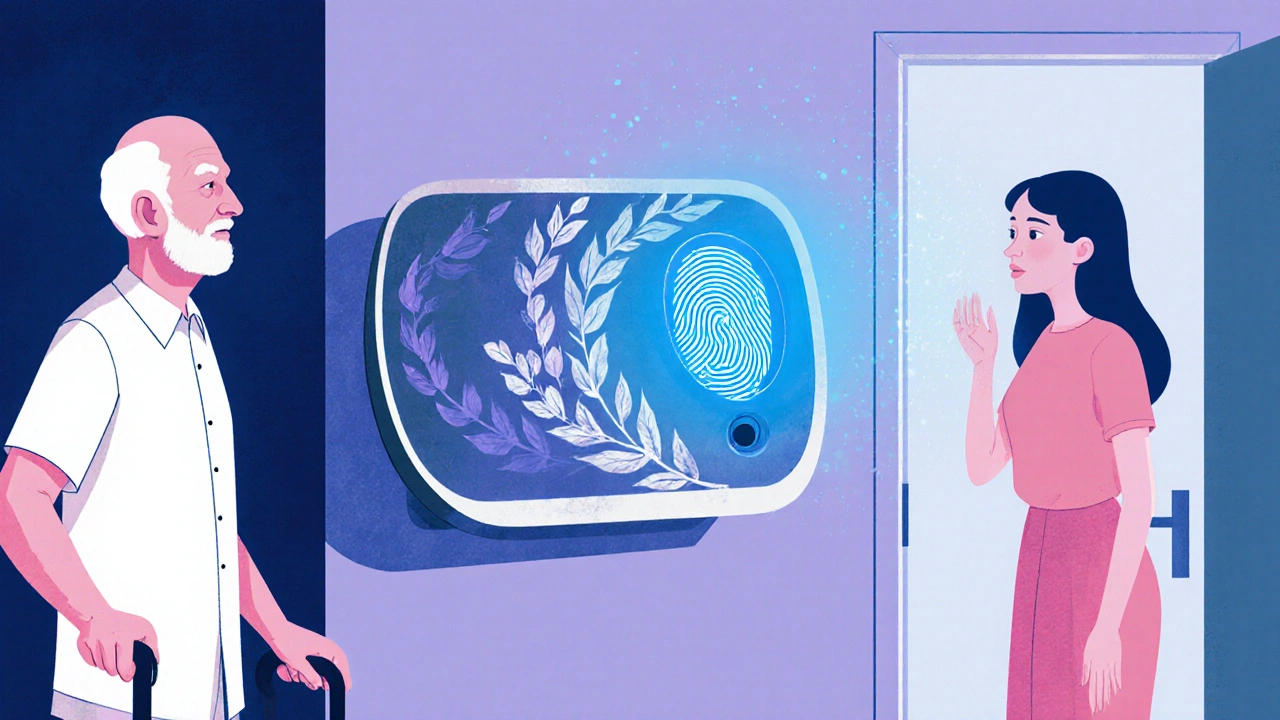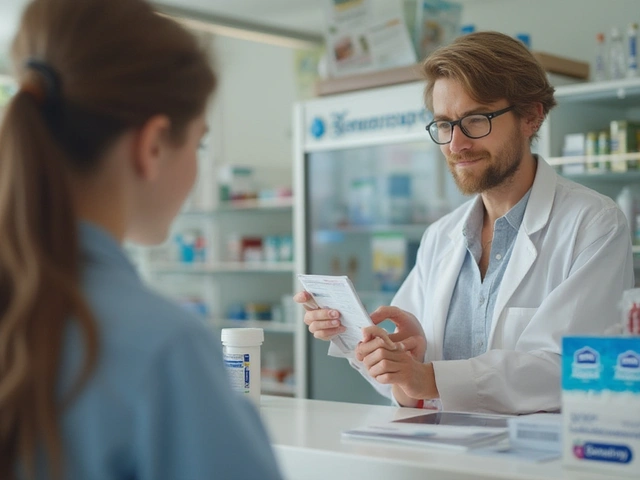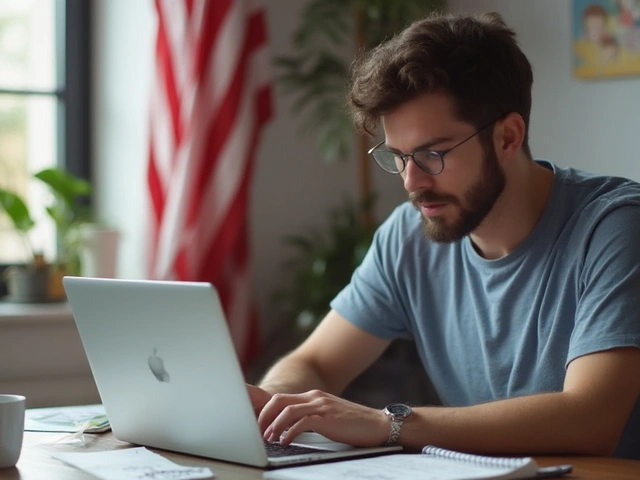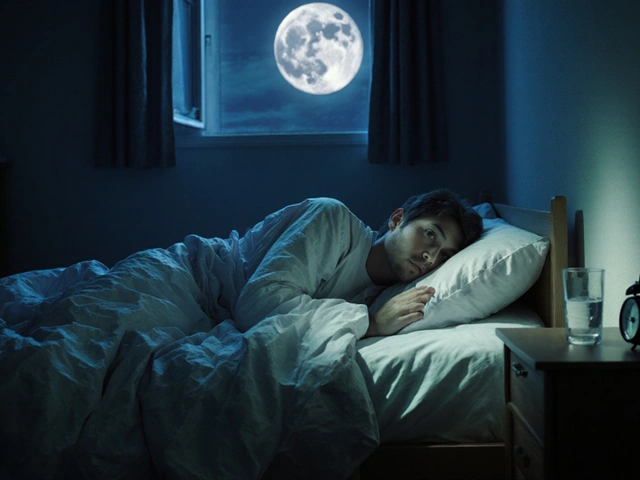Every year in the U.S., around 60,000 children end up in the emergency room because they got into medications left out in the open. Most of these cases aren’t accidents caused by curiosity alone-they’re preventable. A child who can climb onto a counter, open a medicine cabinet, or find a hidden stash of pills doesn’t need to be a genius. They just need to be curious, and they need access. That’s where a medication lockbox changes everything.
Why Lockboxes Are Necessary
Child-resistant caps sound like a good idea. They’re required by law for many prescriptions. But here’s the truth: half of all kids aged 4 to 5 can open them in under a minute. That’s not a flaw in the cap-it’s a flaw in relying on it alone. A 2020 study found that only 4% of households with high-risk medications actually stored them in a locked container. That’s not safety. That’s luck. High-risk medications include opioids like hydrocodone (Vicodin, Norco), oxycodone (Percocet, OxyContin), benzodiazepines like alprazolam (Xanax), and stimulants like dextroamphetamine-amphetamine (Adderall). These aren’t just pills. They’re powerful drugs that can cause overdose, addiction, or even death-even in tiny doses. A single fentanyl patch can kill a child. A few Adderall pills can send a teenager to the ER. Lockboxes aren’t about suspicion. They’re about control.What to Look for in a Lockbox
Not all lockboxes are made the same. You need one that’s built for real use, not just a gimmick. Here’s what matters:- Size: If you’re storing just a few pills, a 6x4x3 inch box works. For families with multiple prescriptions, go bigger-12x8x6 inches gives you room for insulin pens, patches, and multiple bottles.
- Lock type: Key locks are simple but risk losing the key. Combination locks (3-4 digits) are common, but if someone forgets the code, you’re stuck. Biometric fingerprint locks cost more but eliminate that problem. They’re especially helpful for older adults who struggle with small dials or keys.
- Material: Look for reinforced steel or heavy-duty ABS plastic. Many are rated to withstand 1,700°F for up to 30 minutes, which matters if there’s a fire.
- Mounting: The best lockboxes bolt to a wall or cabinet. A box sitting on a shelf can be moved. A bolted one can’t.
- Climate control: If you store insulin or other refrigerated meds, you’ll need a specialized lockbox with a cooling feature. Standard ones won’t do.
GoodRx reports that 68% of top-rated lockboxes use steel or reinforced plastic. Avoid flimsy plastic boxes sold at discount stores-they’re not built to last, and they won’t stop a determined child.
Where to Put It
Location is everything. You might think the bathroom cabinet is safe-it’s high up, out of sight. But bathrooms are humid, and moisture ruins pills. Plus, kids learn to open bathroom doors early. A bedroom closet, a high cabinet in the kitchen, or a locked drawer in a home office are better options.Avoid:
- Bathrooms (too damp)
- Living room shelves (too visible and reachable)
- Under the sink (kids can pull out drawers)
- On top of the fridge (easy to climb)
Best spots:
- Inside a bedroom closet, mounted on the wall
- High up in a kitchen cabinet, behind a locked door
- A locked drawer in a desk or dresser that’s not in a child’s room
Mounting the box to the wall with screws is the smartest move. Even the strongest lockbox is useless if a toddler can pick it up and carry it to a corner.

Who Gets Access
Only two people should know how to open the lockbox: the person who takes the medication, and one other responsible adult. That’s it. Grandparents? Only if they’re the ones giving the meds. Teenagers? No. Babysitters? Only if they’re trained and you’ve given them temporary access.If you use a combination lock, write the code down and keep it in your wallet-not taped to the box. If you use a key, store it separately, like in your purse or a locked drawer. Never leave the key inside the lockbox. That defeats the whole purpose.
For households with elderly members, biometric locks are worth the extra $20-$35. A 2022 JAMA Internal Medicine study found that 15% of adults over 75 struggle with traditional locks. A fingerprint scanner removes that barrier completely.
What Medications Need a Lockbox
Not every pill needs to be locked up. But these do:- Opioids: hydrocodone, oxycodone, morphine, fentanyl patches
- Benzodiazepines: alprazolam (Xanax), diazepam (Valium), clonazepam (Klonopin)
- Stimulants: methylphenidate (Ritalin), dextroamphetamine-amphetamine (Adderall)
- Insulin (if stored outside the fridge)
- Any medication with a black box warning
Even over-the-counter meds like cough syrups with dextromethorphan or sleep aids with diphenhydramine can be dangerous in large doses. If you’re unsure, lock it up. It takes 30 seconds. The risk isn’t worth it.
How to Set It Up
Follow this simple 5-step plan:- Identify: Go through every medicine cabinet. Pull out every opioid, benzodiazepine, stimulant, and insulin. Put them in a pile.
- Select: Choose a lockbox that fits your meds and your household. Biometric if you have kids or elderly users. Key or combo if you’re the only one using it.
- Mount: Screw it to a wall or inside a cabinet. Don’t just set it on a shelf.
- Program: Set the code or enroll fingerprints. Test it yourself. Then test it again.
- Verify: Every month, check that the meds are still inside. Make sure no one’s tried to break in. Talk to anyone who might have access-especially if someone moved in or out.
Most people get comfortable with the system in two to three days. The first week is the hardest. After that, it’s just habit.

What Goes Wrong
People make the same mistakes over and over:- Putting the lockbox in the bathroom.
- Using a combination code everyone knows (like a birthday).
- Forgetting to update access when someone leaves the house.
- Assuming the kids won’t find it.
- Buying a cheap box that looks like a toy.
Hennepin Healthcare’s 2023 analysis found that 62% of lockbox failures happened because the box was placed where kids could reach or move it. That’s not the lockbox’s fault. That’s poor planning.
One Reddit user, u/MedSafetyMom, shared that after her 3-year-old nearly accessed a fentanyl patch, she bought a Master Lock Medication Lockbox. Eight months later, no incidents. Another user, u/CaregiverAnne, switched from a combo lock to a biometric one for her 80-year-old father. The extra cost was worth it-he could open it without help.
What’s New
The market is changing. In May 2023, the FDA approved the first smart lockbox: the MediVault Pro. It doesn’t just lock. It records who opened it, when, and how many pills were taken. It can send alerts to a family member if someone tries to access it outside of scheduled times.The National Institute on Drug Abuse gave $2.5 million in September 2023 to develop fingerprint-verified dispensers that only release the exact dose prescribed. This isn’t science fiction anymore. It’s coming fast.
Starting in January 2024, the National Association of Home Builders started including medication lockbox installation in its "Healthy Home" certification. That means new homes might come with one already built in.
Is It Worth It?
A 2023 Consumer Reports survey of 1,200 households found that 78% of people who used lockboxes felt more at ease. Only 22% said it was inconvenient. That’s a huge win for peace of mind.And the numbers don’t lie. Households using lockboxes saw a 92% improvement in safe storage practices compared to those using child-resistant caps or hiding pills in drawers. That’s not a small change. That’s life-saving.
Lockboxes aren’t about mistrusting your family. They’re about protecting them. They’re about giving yourself one less thing to worry about. They’re about knowing that if your grandchild crawls into the kitchen, they won’t find a bottle of pills that could kill them.
It’s simple. You don’t need to be a doctor. You don’t need to spend hundreds. You just need to act. A $25 lockbox and 10 minutes of setup can prevent a tragedy.
Can I just hide my meds instead of using a lockbox?
No. Hiding meds in a drawer, under a shirt, or on a high shelf doesn’t work. A 2023 Hennepin Healthcare study found that 72% of children can find hidden medications within 30 minutes. Kids are persistent, curious, and good at searching. A lockbox is the only reliable barrier.
What if I forget the combination to my lockbox?
Most lockboxes come with a backup key or a reset procedure. Check the manual. If you don’t have it, contact the manufacturer-they usually have a way to reset it. To avoid this, write the code down and keep it in your wallet, not taped to the box. Biometric models eliminate this risk entirely.
Do I need a lockbox if I don’t have kids?
Yes. Even without kids, teens, visitors, or houseguests might be tempted to take pills. Prescription opioids and stimulants are commonly stolen for recreational use. Lockboxes reduce diversion by over 90%, according to CDC data. It’s not just about children-it’s about control.
Are lockboxes covered by insurance?
Most insurance plans don’t cover lockboxes. But many state health programs do. In at least 22 U.S. states, you can get a free lockbox through public health initiatives like "Locks Save Lives." Check with your local health department or pharmacy-they often have them on hand.
Can I use a gun safe for medications?
Technically, yes-but it’s not ideal. Gun safes are heavy, hard to access quickly, and often kept in a garage or basement where temperature and humidity aren’t controlled. Medications like insulin need stable conditions. A dedicated medication lockbox is designed for that. Use a gun safe only if nothing else is available.
How often should I check my lockbox?
Once a month. Count your pills. Make sure nothing’s missing. Update access if someone moved out or a new caregiver joined the household. Also, check the battery if it’s a biometric or smart lock. A dead battery means no access.







Darragh McNulty
November 21, 2025 AT 04:16Just got one of these for my dad’s opioids 😅 Locked it to the closet wall last night. He’s 78 and kept forgetting the combo-now he just taps his thumb and it opens. Life changed. No more ‘where’d my pills go?’ panic. 🙌
Cooper Long
November 22, 2025 AT 05:52The data presented here is statistically significant and aligns with CDC guidelines on pharmaceutical safety. It is imperative that households with controlled substances implement physical barriers rather than rely on behavioral assumptions. The 92% improvement metric is not anecdotal-it is evidence-based.
Sheldon Bazinga
November 23, 2025 AT 01:38lol yall really payin 50 bucks for a box to hold pills? my kid just grabs the whole bottle from the bathroom counter. if you cant keep your meds safe, dont have em. also fentanyl patches? bro thats what u get when u let big pharma brainwash u. #freepills